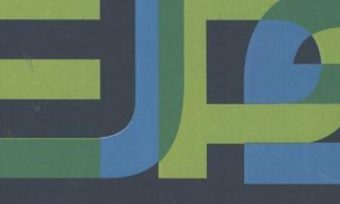Community-oriented social capital strategies and punitive-oriented policing approaches conflict. Establishing local networking initiatives with community-oriented policing at the centre lends itself to an assets-based policing approach, based on honouring, mobilizing and extending the assets of community members. Scholars argue about the need for comparative research on convergences and divergencies across subcultures on the streets and communities. Based on qualitative data gathered from working class communities in Scotland and Denmark in 2014, the article draws inspiration from community-generated theory of social capital to explore the micro-sociology of experiences and understandings about community–police integration policy initiatives. We use this perspective to argue that the building of positive inter-generational and police–community relationships is the result of social exchanges and officers’ use of what we call ‘constructive investment strategies’. Ironically, our insights from Scotland to Denmark also suggest what appear as positive achievements of community policing may instead intensify residents’ negative perceptions of police officers and organizations. In this way, the article illuminates the tangled and conflicted nature of these embedded symbolic interactions, social capital formations and the latter’s form as a potential positional and ‘tribal’ commodity.
Latest News
International conference POLICE STOPS ACROSS EUROPE (28 February 2023, The Hague, The Netherlands)
News
For more than four years, our EU COST funded network on Police Stops has been gathering information, hearing from experts…
Read moreWorkshop 'Registration of police stops and ethnicity and defining the police stop' 31 Aug - 2 Sept 2022
News
In line with our project’s ambition to share learning and explore the issue police stops across Europe, we are organising…
Read moreCfP European Journal of Policing Studies - Special Issue: The Dynamics of Police Stops
News
European Journal of Policing Studies Special Issue: The Dynamics of Police Stops Guest editors: Mike Rowe Sofie de Kimpe Vincenzo…
Read morePolstops Newsletter n4 (June 2022)
News
At last, we have been able to meet again. And we can now begin to identify what we have missed…
Read more




